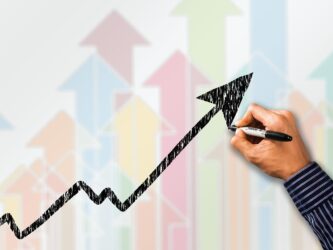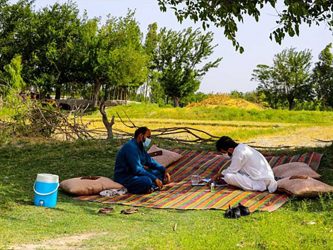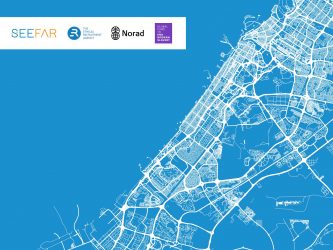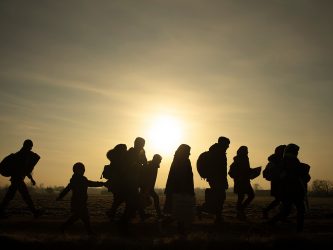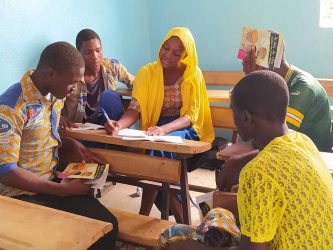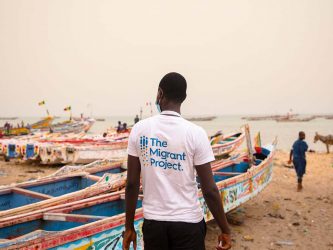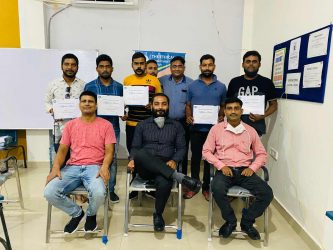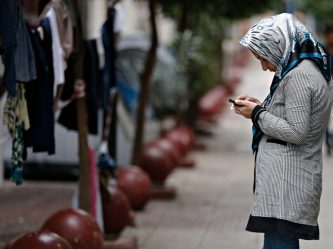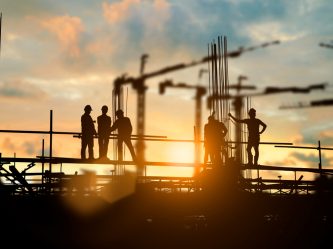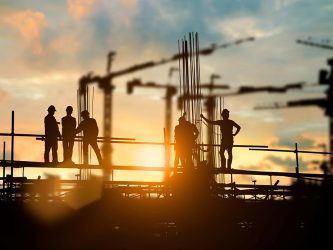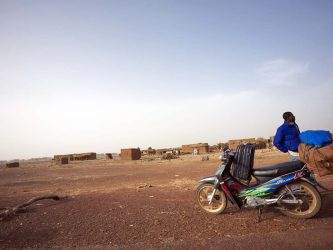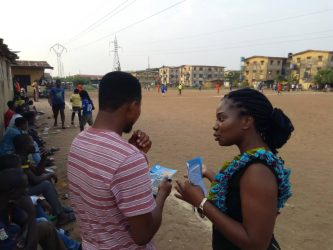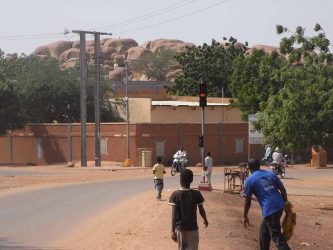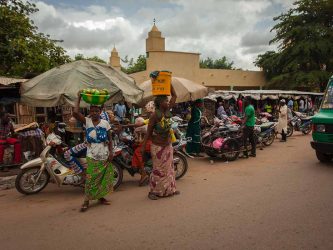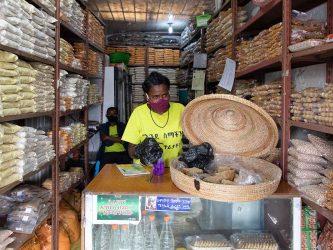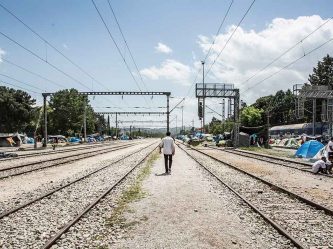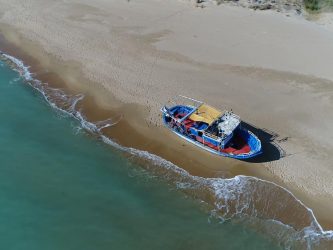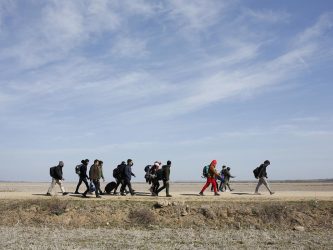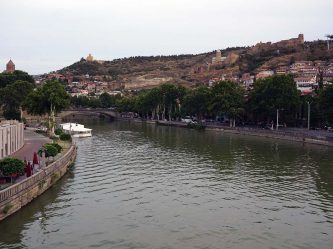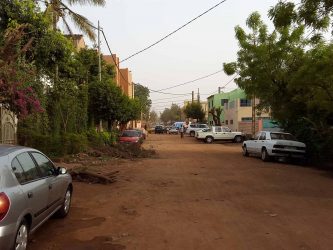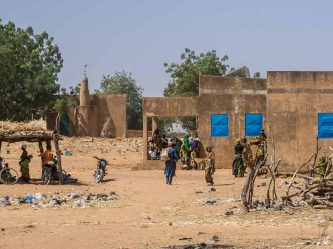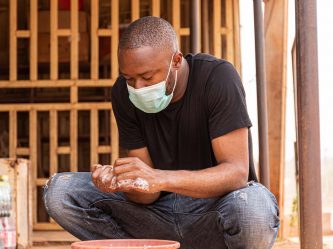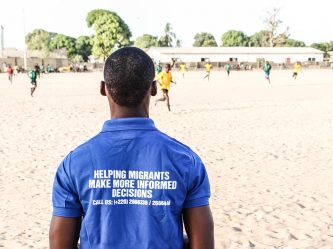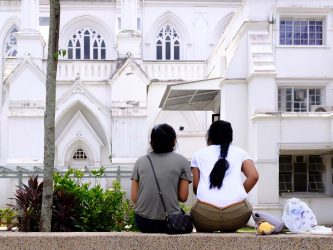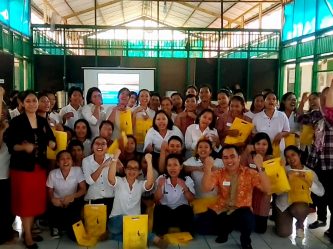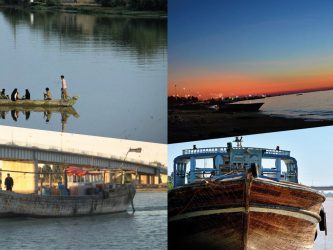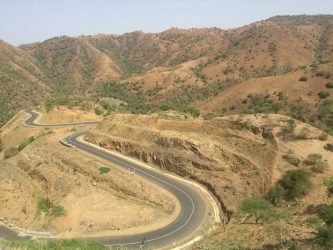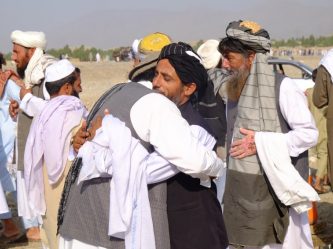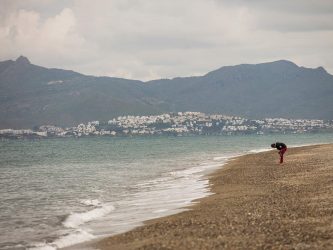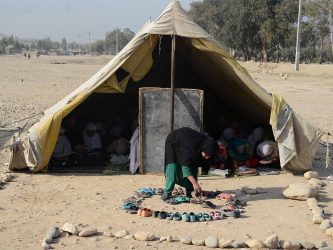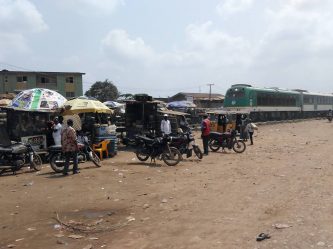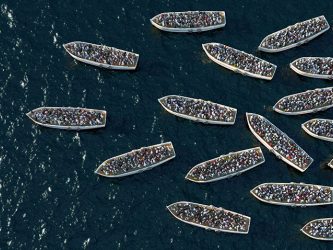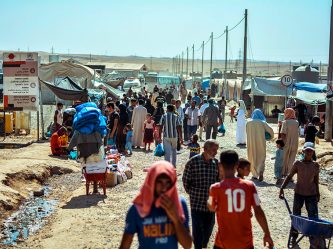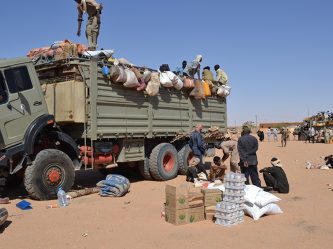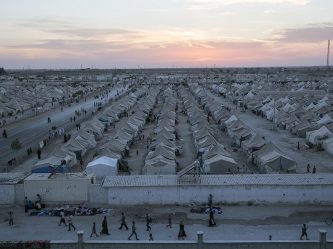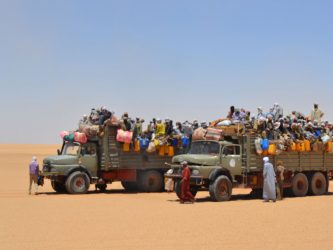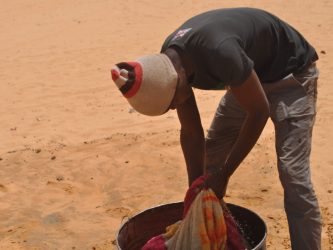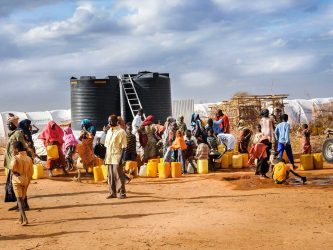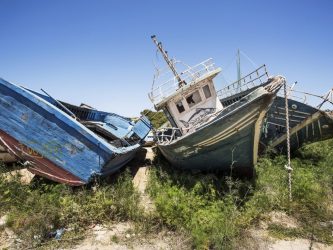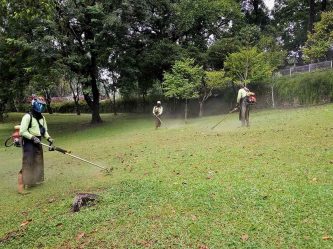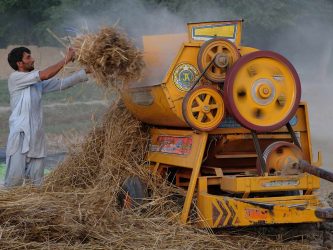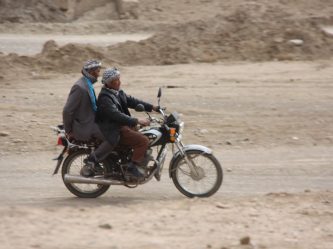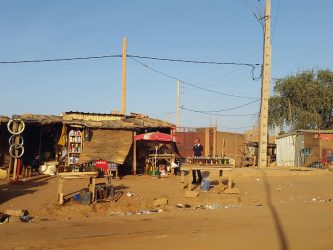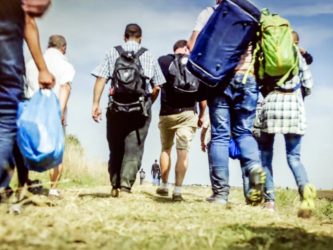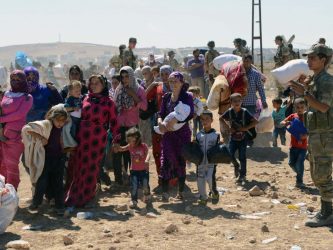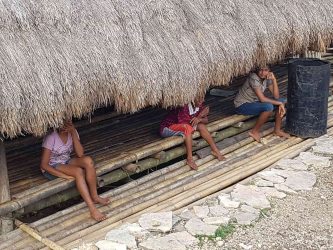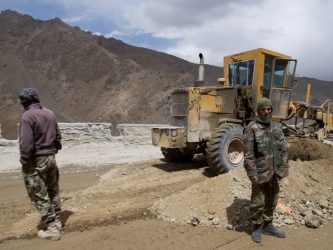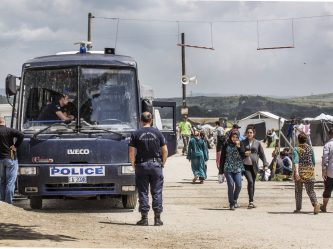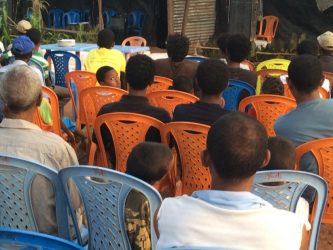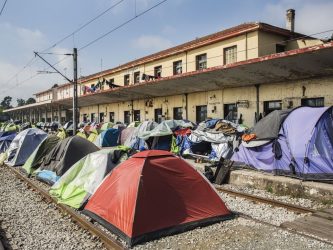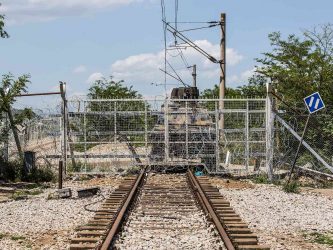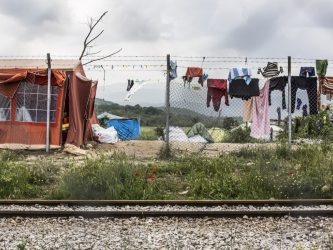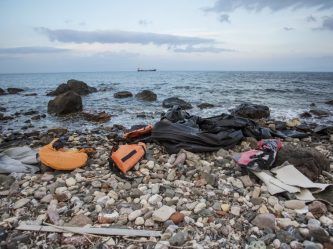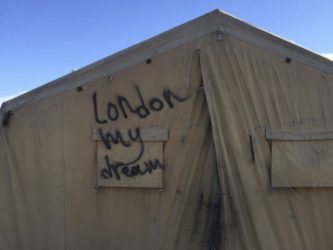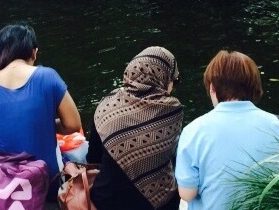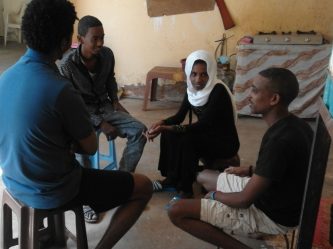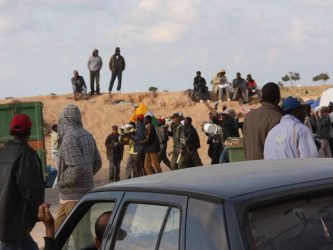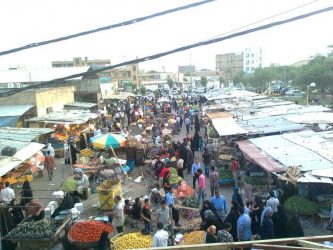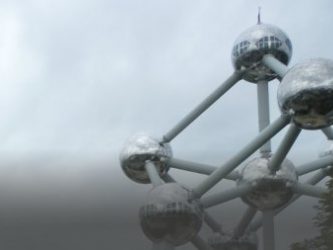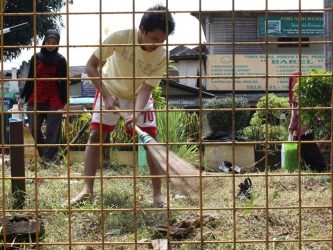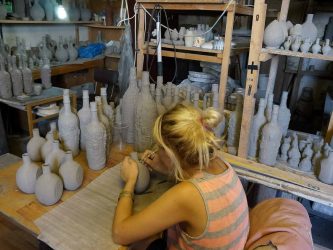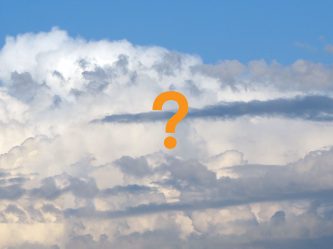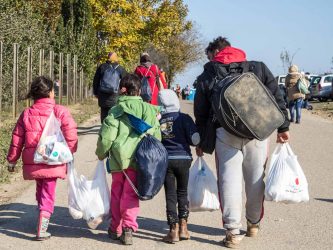Our Themes
Our areas of expertise are here.
Click to read more details.

Global warming is happening right now
The concentration of carbon dioxide (CO2) in our atmosphere, as of May 2020, is the highest it has been in human history. Seefar is working to draw down carbon from the atmosphere because climate change is impacting the world’s most vulnerable people disproportionately.
Likewise, entire populations in low-income countries are losing their means of subsistence and the resilience of their communities due to the over-exploitation of the environment and the loss of biodiversity.
The twin challenge is immense:
- Data shows that average global temperatures in 2019 were 1.1°C degrees warmer than the 20th century average.
- The five warmest years on record between 1880 and 2019 have all occurred since 2015, while the World Meteorological Organisation (WMO) says we have just endured the hottest decade since records began in 1850.
- Current global warming is occurring roughly 10 times faster than the post-ice age warming.
- In 2020, the sea reached its highest level since precise measurements began in 1993.
- The Arctic is thawing, a process which has accelerated since 2016 and especially in 2019.
- The average size of vertebrate (mammals, fish, birds and reptiles) populations has declined by 60 per cent between 1970 and 2014.
- In 2020, Australia saw devastating fires that killed 1 billion animals and was flamed by the hottest Australian summer on record. In Africa, Victoria Falls stopped flowing, in Europe some Alps were devoid of snow and the Arctic is now so devoid of ice in summer that commercial shipping routes now easily navigate once dangerous waterways.
Seefar’s Approach
The good news is that science has told us what we need to do. Seefar has developed and is launching projects and commercial initiatives that remove carbon from the atmosphere and restoring biodiversity.
Our carbon drawdown initiatives and our biodiversity restoration initiatives are designed to provide livelihoods to communities who face the dual risk of livelihood loss alongside being at higher risk of exploitation, displacement and social exclusion.
Our commercial initiatives are designed to change behaviour of consumers and generate long term funding for our development projects.
By some estimates, natural climate solutions such as restoring degraded forests could create jobs at a rate more than six times higher than investment in the oil and gas industry.
Roughly 3.2 billion people are currently impacted by land degradation worldwide. Restoration is critical and cost-effective. Every US$ 1 invested in restoration generates, on average, 10x that amount in benefits.
Just 0.7% of the world’s forests are coastal mangroves, yet they store up to 10 times as much carbon per hectare as tropical forests. Conserving coastal ecosystems is often more cost-effective than human-made interventions. In the Maldives, preserving the natural coral reef is four times cheaper than building a sea wall for coastal protection, even after 10 years of maintenance costs. Natural coastal ecosystems are being destroyed from the onslaught of temperature rises, overfishing and plastic pollution. Plastic pollution is driving huge biodiversity loss in our oceans.
Learn more about our Climate Mitigation & Adaptation Programme.
More from Seefar
New research: How Seefar’s ethical recruitment services are protecting migrants Read More »
Exploring migrants’ trust in humanitarian organisations Read More »
Exploration de la confiance accordée aux organisations humanitaires par les migrants Read More »
COVID-19, migration intentions and human trafficking in Benin City, Nigeria Read More »
Comprendre les relations entre les communautés locales et les migrants à Gao et Agadez Read More »
Understanding Relations between Local Communities and Transit Migrants in Gao and Agadez Read More »
Over half of irregular migrants consulted in Mali choose safer migration options Read More »
COVID-19 preventative behaviour change campaign pilot in Ethiopia Read More »
Campaign to inform migrant decision making in Afghanistan Read More »
Accéder aux migrants les plus vulnérables à Ouagadougou et Agadez Read More »
Accessing the Most Vulnerable Migrants in Ouagadougou and Agadez Read More »
Seefar in West Africa: mission-driven and innovative with a sustained impact Read More »
Using Machine Learning to build an Asylum Coalition Index Read More »
Understanding forced labour amongst migrant domestic workers in Asia Read More »
Supporting the choices of irregular child migrants Read More »
Distant Dreams: Understanding the aspirations of Afghan returnees Read More »
Examining Return and Reintegration in Afghanistan: Why Psychosocial Interventions Matter Read More »
Windows of opportunity: Iranian irregular migration and return 2014-2016 Read More »
Understanding how irregular migration dynamics and attitudes are evolving in Afghanistan Read More »
How West African migrants engage with migration information en route to Europe Read More »
Large-scale research into mixed migration in Libya Read More »
Return, Stay, or Migrate? Understanding the Aspirations of Syrian Refugees in Turkey Read More »
Zuara: a Formula for Change in Libya? Libyan Perspectives on the Migrant Crisis Read More »
Helping low-skilled migrant workers benefit more from their employment Read More »
Skunk Works: Finding ways to solve the big issues of Migration Read More »
Combating migrant smuggling and human trafficking in Mali and Niger Read More »
Helping migrant domestic workers in Indonesia benefit more from their Employment Read More »
Where next for migration and development in Afghanistan? Read More »
Why Migration Issues are Difficult for Aid Agencies Read More »
Survey Cost Calculator: a new tool to expand research horizons Read More »
Measuring International Migration: The Real Picture Of Forced Displacement Read More »
Irregular Migration from Iran to the European Union Read More »
Going West: Where’s the Evidence behind EU Policy on Illegal Migration? Read More »
Large Scale Research on Modern Slavery in East Asia Read More »
Innovative Research on Migrant Smuggling to Europe Read More »
Iranian Refugees: Irregular Migration to Australia Read More »
Immigration and Welfare States: Migrants as Welfare Providers in Belgium Read More »
Migration Research: Modern Slavery in Southeast Asia Read More »
Diaspora Engagement in Development – the Role of Refugees Read More »
Women’s Empowerment in Georgia: Financial Inclusion from Below Read More »
What Happens Before Migrants Get on Boats to Europe? Read More »
Syrian Refugees: A Rare Intensity of Displacement Read More »

